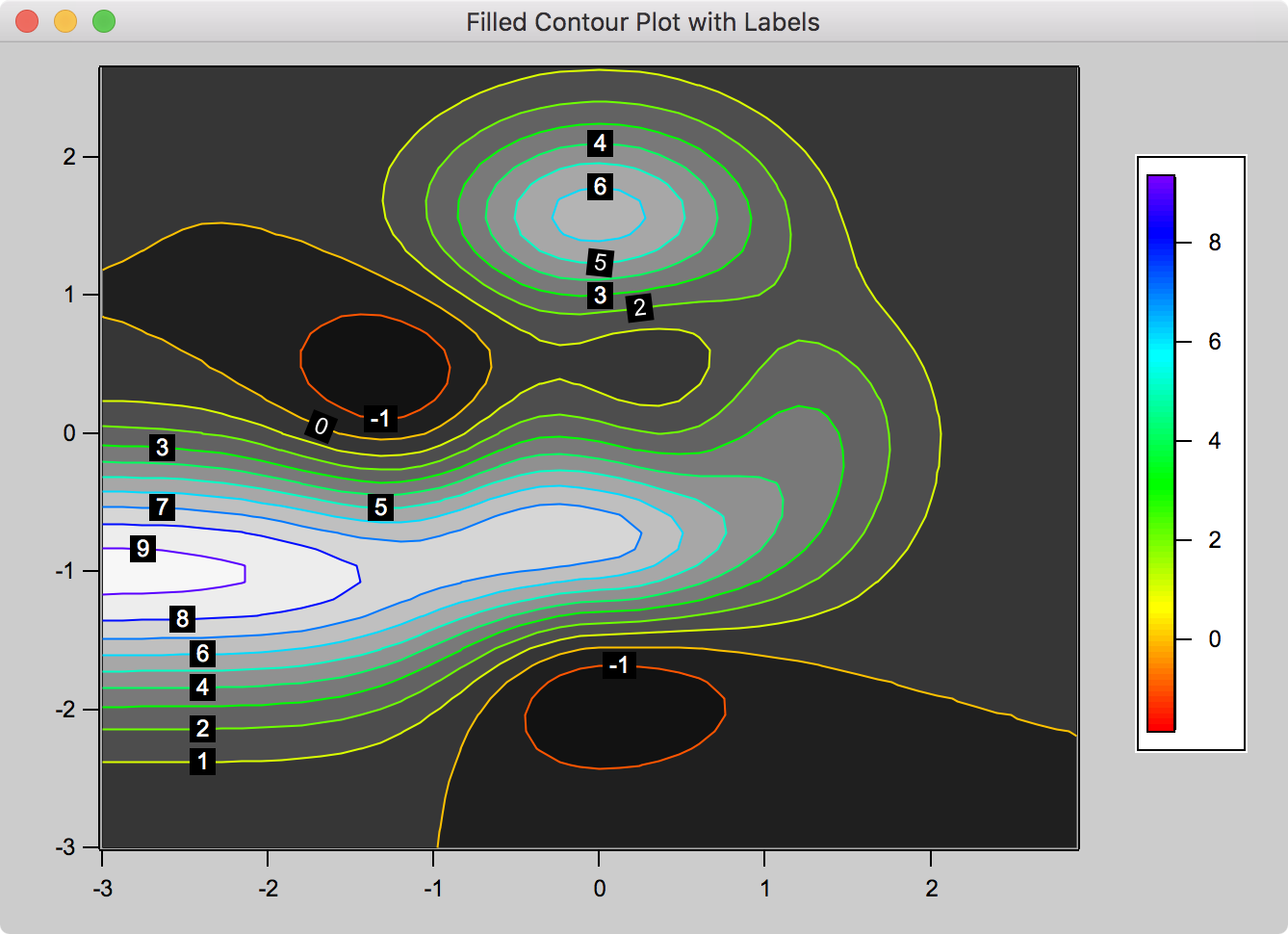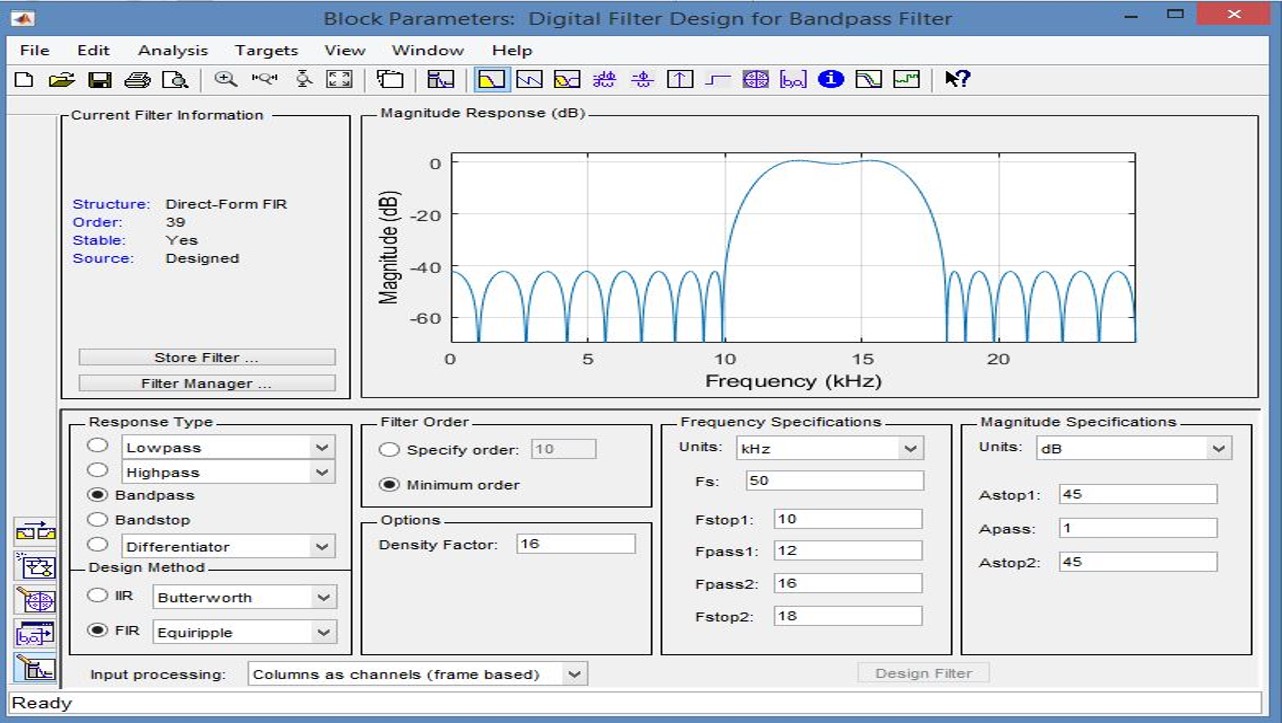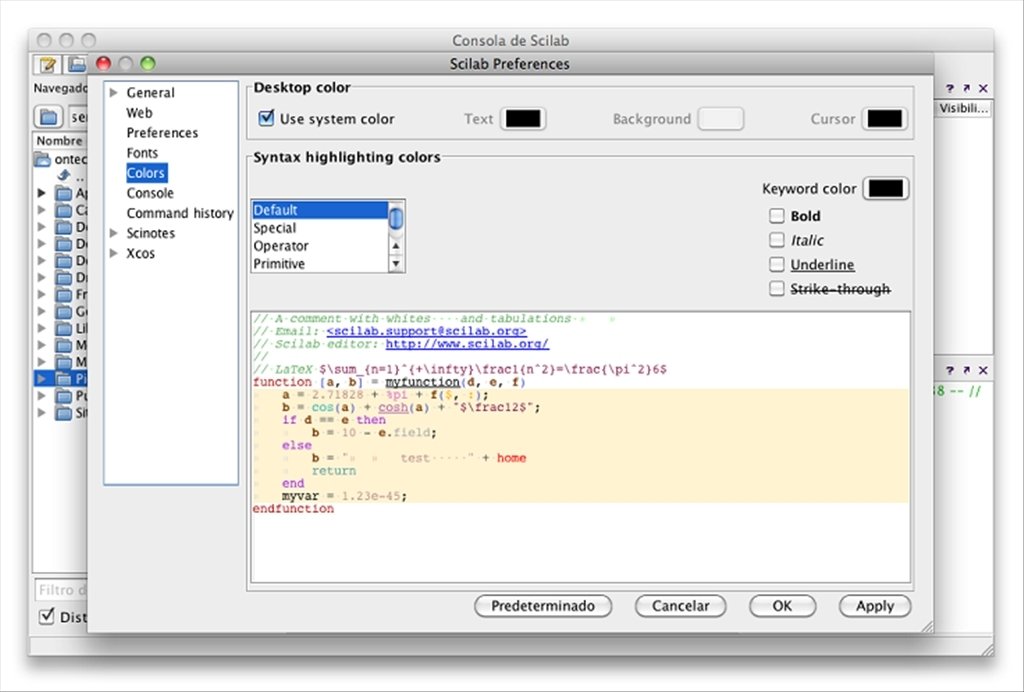


- #Scilab filter design how to
- #Scilab filter design generator
- #Scilab filter design full
- #Scilab filter design software
We provide various examples/reference designs for EMG and ECG including: EMG RMS envelope measurement, the Pan-Tompkins algorithm, baseline removal, powerline interference removal, peak enhancement and TKEO energy measurement.

Simply import your datasets into the tool and begin experimenting. Our biomedical reference designs provide designers with a complete front-end filtering solution for ECG, PPG and EMG measurement applications. This allows developers to directly deploy their filtering application from within the tool to any STM32, Arduino, ESP32, MSP430, PIC32, Beagle Bone and other Arm, RISC-V, MIPS microcontrollers for direct use.Īs an added bonus, the ANSI C development framework support supports both real and complex coefficient filters, making it ideal for I4.0 applications, such as flow control and powerline monitoring.ĮCG, PPG and EMG biomedical signal processing
#Scilab filter design generator
The ANSI C SDK framework is hardware agnostic, and provides developers with a comprehensive automatic C code generator for microcontrollers and embedded platforms.
#Scilab filter design software
NET using provided royalty free software development frameworks.Īs part of our close collaboration with Arm’s DSP/architecture team for AI/DSP solutions, Arm’s resident architecture guru, Joseph Yiu, latest book “The Definitive Guide to Arm Cortex-M23 and Cortex-M33 Processors” features benchmarks and experiments with the ASN Filter designer using CMSIS-DSP for Arm’s latest processors. Export designed filters to industry standard software frameworks, such as: Arm CMSIS-DSP (Keil uVision), Python, Matlab, Octave, Scilab, Xilinx Vivado, C and C#. This now allows developers to quickly design and implement solutions for I4.0 applications, such as Coriolis flow metering and powerline harmonic frequency tracking applications.Įasily integrate your designed filter blocks with your other algorithms in other domains.
#Scilab filter design full
The ANSI C SDK has full support for complex filters, which are seldom supported by many vendors due to their conceptual difficulty. This means that any embedded processor and any level of compiler optimisation can be used. Open source and agnostic code base: In order to allow developers to get the maximum performance for their applications, the ANSI C SDK is provided as open source and is written in ANSI C. Using the ANSI C SDK, any AIoT applications designed on the newer Cortex-M33, Cortex-M55 and Cortex-M85 cores can also take advantage of extra filtering blocks, double precision arithmetic support, providing a simple way of implementing high performance AI on edge applications within hours. The Arm CMSIS-DSP code generator provides developers a simple way of deploying directly to Arm Cortex -M processors, including the M0, M0+, M3, M4, M23, M33 cores and the newer AI Helium Cortex-M55 and Cortex-M85 cores for AIoT applications.
#Scilab filter design how to
This example shows how to design a bandpass filter and filter data with minimum-order FIR equiripple and IIR Butterworth filters. Bandpass Filters – Minimum-Order FIR and IIR Systems You can also use the interactive tool filterBuilder to design your filter.

Select File > Generate MATLAB Code > Filter Design Function to generate a MATLAB function to create a filter object using your specifications.


 0 kommentar(er)
0 kommentar(er)
